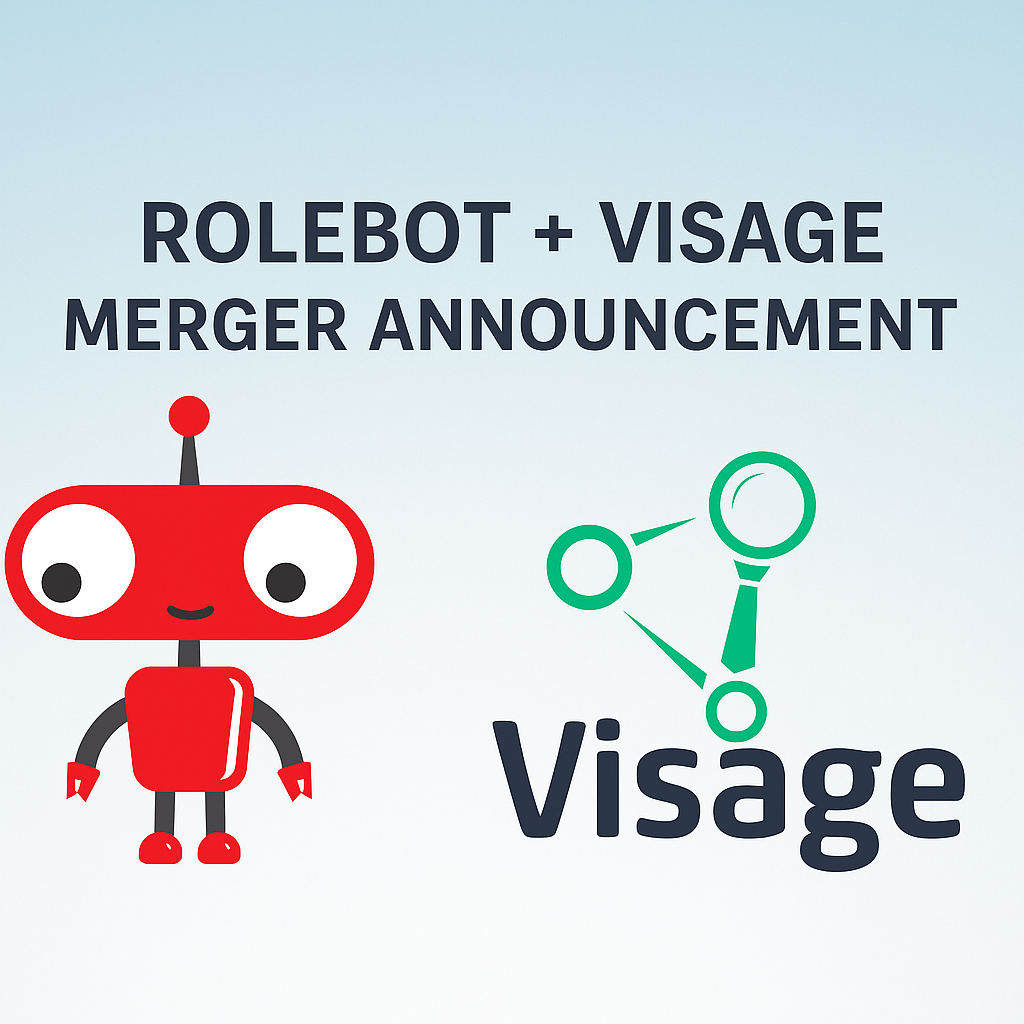Tactical Strategies for Reducing Time-to-Hire
You're here because you’re concerned that if you take too long to hire, the candidates might start to think that they're auditioning for a reality show—right?
The interview process wracks the nerves of even seasoned professionals, and that goes for both employers and job seekers. The length of the hiring process can significantly impact the employer's bottom line, employee retention and the candidate experience. While hiring the right candidate is a critical process that can make or break a company's success, lengthy and tedious interview and vetting processes cause companies to lose top talent to competitors who are better equipped to make fast decisions. While the average time-to-hire in the U.S. varies, it can take more than 50 days in some industries.
Luckily, there are tactical strategies organizations can deploy to shorten their hiring process without compromising quality. Technology, automation and data analytics can also be leveraged to speed up recruitment.
Why Reducing Time-to-Hire is Critical
Extended hiring processes diminish employee retention and morale, create a negative candidate experience and contribute to revenue loss. A Career Builder survey found that 78 percent of people view the candidate experience as an indicator of how a company values its people.
The longer the hiring process, the higher the chance of losing top candidates to competitors. A prolonged hiring process can result in a loss of revenue. The longer a job vacancy remains unfilled, the longer the company has to go without that position's contributions.
Companies can take practical steps to reduce their time-to-hire without compromising quality. With some new approaches, businesses can speed up their recruitment process while ensuring they attract and retain top talent.
Streamline the Recruitment Process
One of the most effective ways to reduce the time-to-hire is to streamline the recruitment process. This involves identifying the stages of the hiring process that can be automated or eliminated without compromising quality. Companies can use technology to automate the initial screening of resumes or to schedule interviews. This frees up recruiters' time and enables them to focus on more critical tasks like candidate assessment and selection.
Companies can even eliminate unnecessary stages in the recruitment process. For instance, consider conducting one or two comprehensive interviews instead of having multiple rounds of interviews. This reduces the time-to-hire and provides a better candidate experience that respects the talent’s time.
Develop a Recruitment Strategy
Start by identifying the key recruitment channels and tactics that are most effective for the organization. Which job boards and social media channels are most effective at reaching your target audiences?
Next, develop an employee value proposition (EVP) to attract and retain top talent. An EVP is a set of values and benefits a company offers its employees in exchange for their skills and expertise. By developing an EVP, companies can differentiate themselves from their competitors and attract top talent.
Leverage Technology, Automation and Data Analytics
Technology, automation, and data analytics can significantly reduce the time-to-hire. Many organizations use applicant tracking systems (ATS) to manage the recruitment process, which automates tasks like CV screening, interview scheduling and candidate communications.
Data analytics can identify recruitment bottlenecks, such as the time it takes to screen resumes or schedule interviews. Companies can make informed decisions and optimize their recruitment process by analyzing recruitment data.
Create a Positive Candidate Experience
Prioritizing candidate experience always reduces the time-to-hire. Employers should communicate with candidates throughout the hiring process, providing regular updates and feedback. Employers should also provide a positive candidate experience by making the process clear and easy to understand, responding to candidate inquiries promptly and continuously adjusting the experience based on feedback collected.
Don’t pull the ‘ole bait and switch, either. Provide candidates with a realistic preview of the role and the company culture to ensure that candidates are a good fit for the organization.
Work on Your Career Page
Does your career page suck? Do you even have one?
If your career page doesn’t sell your candidates on your jobs, they’ll be bouncing off the page and into another organization’s. Improve your page by anticipating all the information your candidates seek on your careers page and making it easy for them to locate.
Stop Making Applying So Needlessly Frustrating
“I love uploading my resume and then manually entering my job history later on…”—no applicant ever.
You are losing top talent to antiquated and annoying processes. Submit a mock application to your organization and evaluate how cumbersome it is. If you find yourself rolling your eyes, balling your fists or dropping off the application altogether, so will other professionals.
Build and Maintain Talent Pools
A ready pool of qualified candidates? Talent pools can be created through various channels, such as employee referrals, social media and job boards. By nurturing relationships with candidates in talent pools, companies can significantly slash the time it takes to fill vacancies.
Here are some ways to quality talent pipeline:
- Identify the roles you often hire for
- Determine the requirements for those roles
- Identify where your ideal talent spends time (conferences, industry events, LinkedIn)
- Reach out to promising candidates
- Stay in touch with these professionals by sharing meaningful content
The Shortcut to a Strong Talent Pipeline
Everyone wants to establish a well-oiled talent pipeline. It’s one of the most effective ways of sourcing candidates. But it can be tricky to implement when you’re navigating high-volume hiring. Rolebot delivers a daily pipeline of passive diverse talent ready for new opportunities. Rolebot woos your ideal candidates and even schedules the first interview so you can sit back, relax and wait for calendar invites to populate your inbox.
Use Data Analytics to Identify Bottlenecks
Data analytics can also be used to identify bottlenecks in the hiring process, such as a slow response time from HR or a lengthy interview process. Employers can use data analytics to measure key hiring metrics, such as time-to-fill, time-to-hire and cost-per-hire.
You can also use data analytics to identify top sources of hire to ensure you’re focusing your recruitment efforts on the most effective channels.
According to an
OfficeVibe study, the best candidates are off the market within 10 days. Reducing time-to-hire without compromising quality is always possible. Stop losing top talent to your nemesis competitors and get to work.
This Could Also Interest You:



